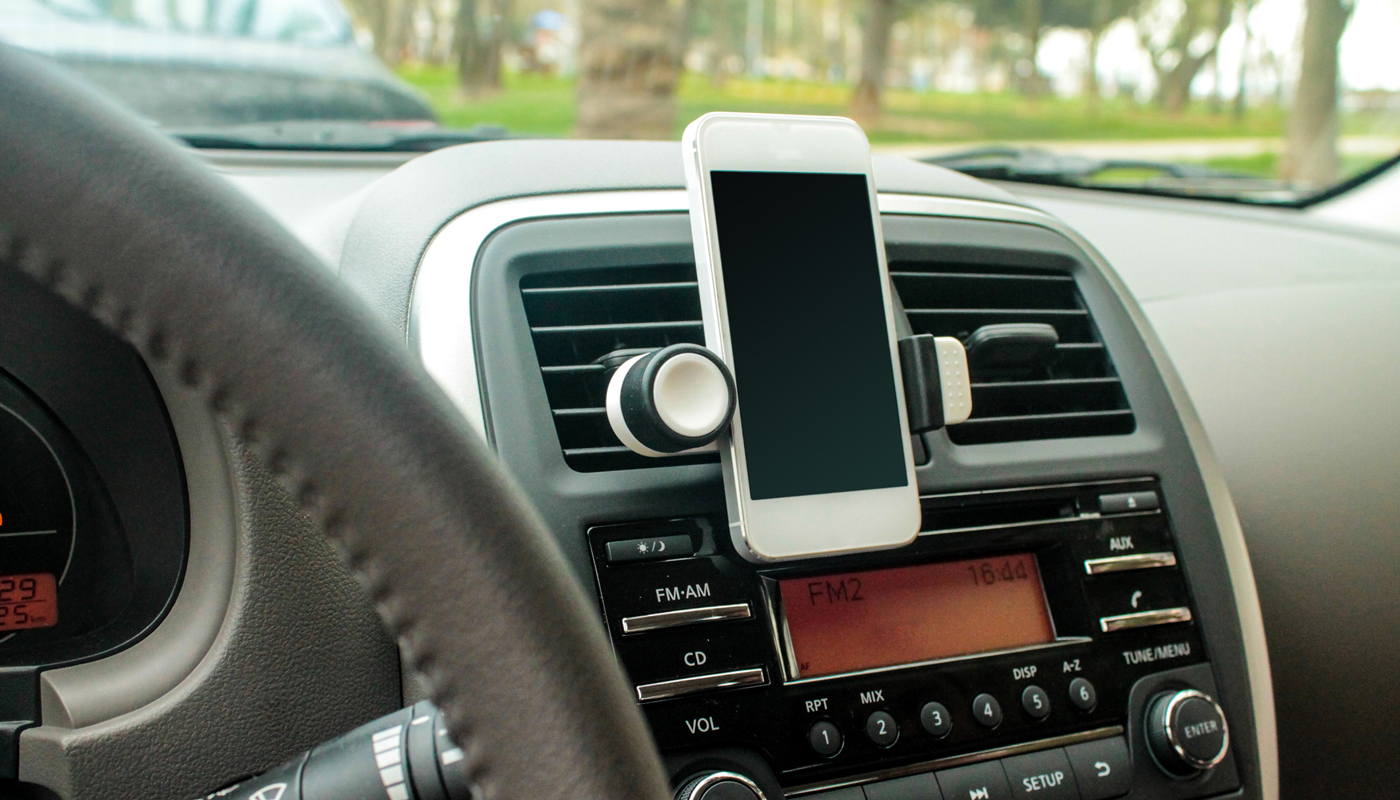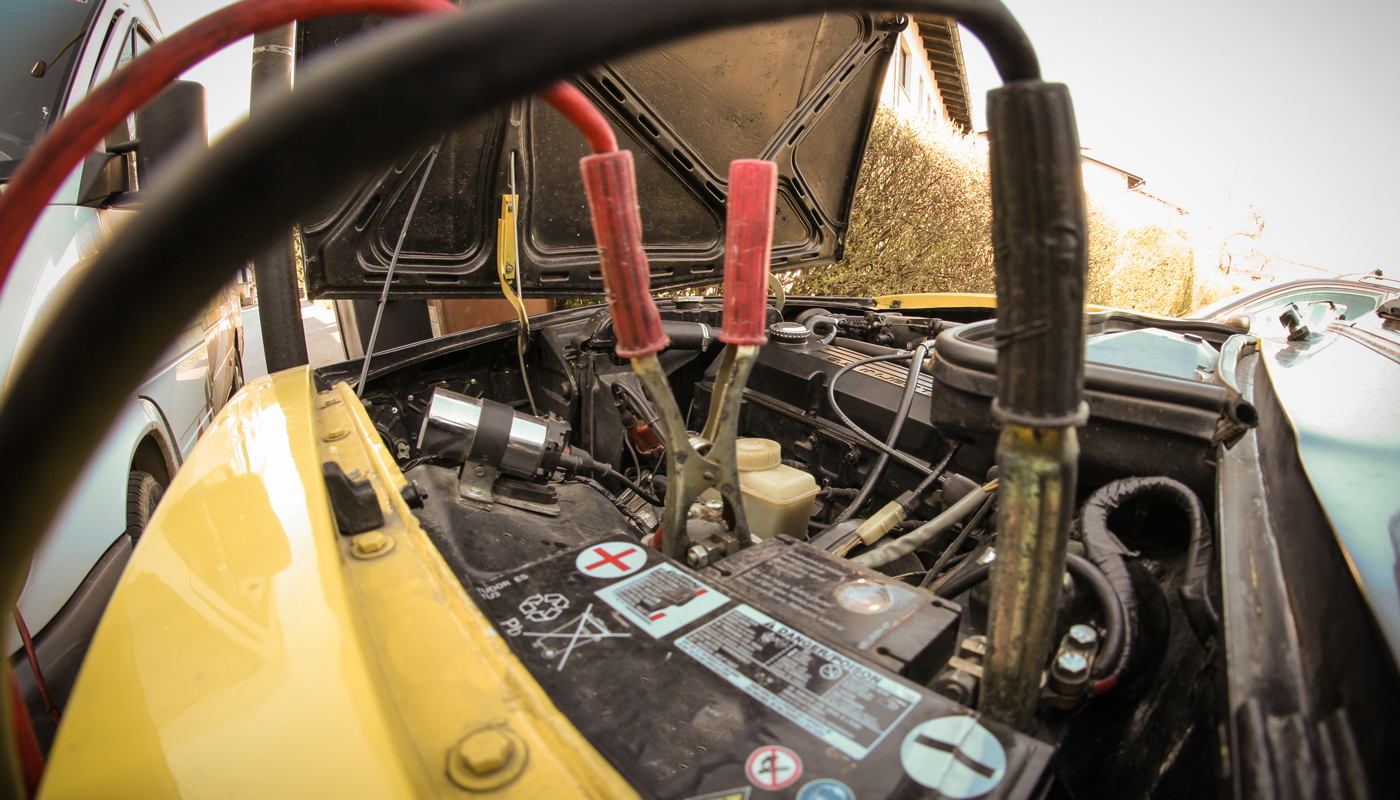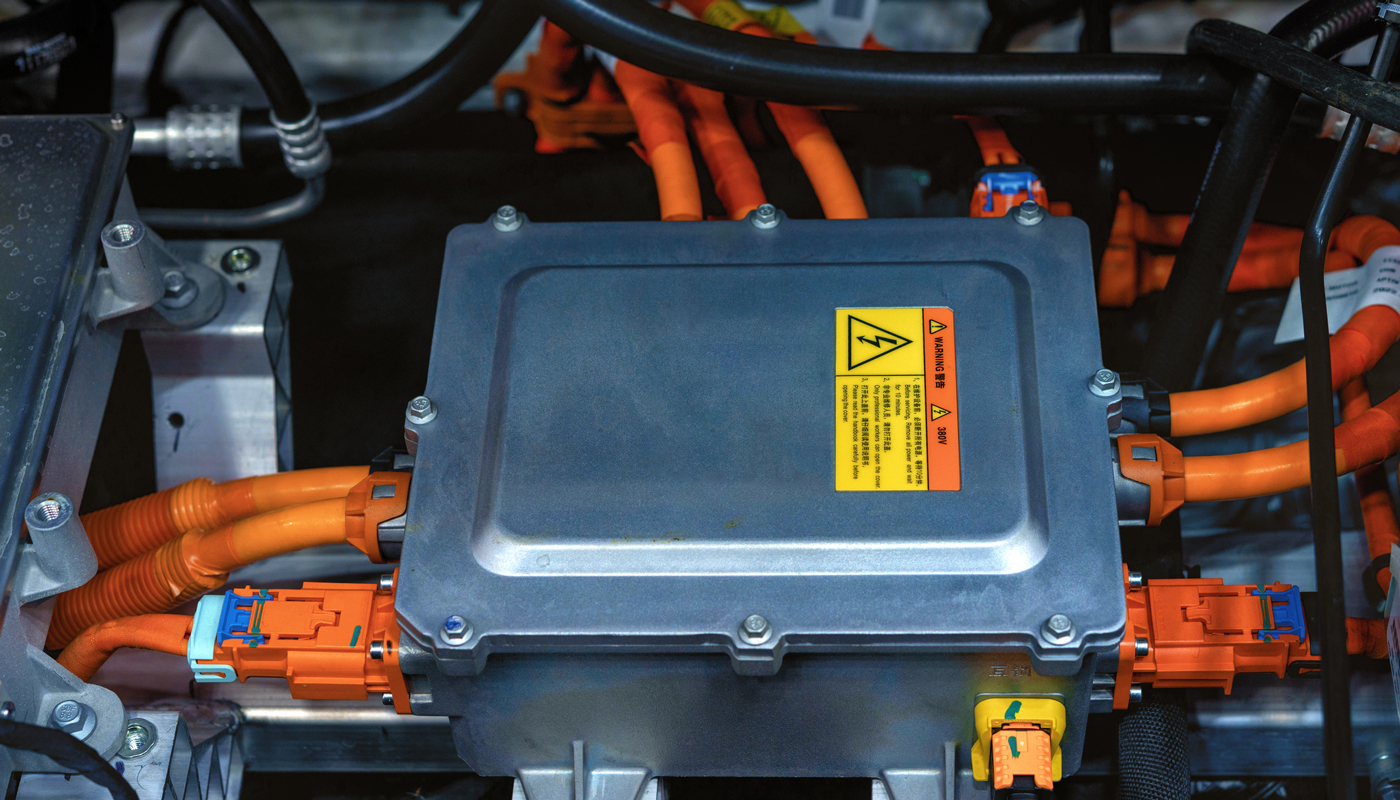6 Unexpected Reasons Your Car Battery is Dead or Dying
Know what conditions or situations may leave you stranded.
When you’re ready to go but your car’s battery says “no,” there’s a sinking feeling can settle in quickly. Most of us have experienced a car battery dying at least once in our lives, and while most batteries are designed to last three to five years on average, there can be multiple reasons for a car battery to die unexpectedly.
Today, we’ll uncover the six most common causes for early or ongoing battery drain and battery depletion in both gas-powered and electric vehicles. We’ll also provide tips to help preserve the life of your battery and keep you moving through your daily life.
 Getty
Getty
Common Reasons for Battery Drain in Gas-Powered Cars and Trucks
1. Corrosion buildup: When volatile chemicals or gases escape from small cracks around the battery terminal and come in contact with conductive metal on the battery posts, corrosion can occur. While this is a common issue, it’s also caused from lack of regular maintenance.
Major corrosion may be a sign of battery damage where repair or replacement is needed. For minor corrosion, sprinkle baking soda on the corroded area, dab with vinegar or lemon juice and scrub with a steel wire brush if necessary.
2. Extreme temperature: In extremely cold temperatures, electrons within the battery tend to slow and your battery can lose effectiveness. In high temperatures, oxidation and evaporation can take place inside the battery and bring about premature failure.
Storing your vehicle in a garage during extreme heat or cold may help prolong your battery life and prevent premature drain.
 Getty
Getty
3. Too many accessories: When too many electronics and accessories are connected to your car, parasitic drain may occur. This can also happen if there’s a short in your electrical system. Even if your car is turned off, electronic accessories that remain plugged into the car can still drain the battery. Be sure to unplug optional equipment such as cell phones and chargers once your car is parked and turned off.
 Getty
Getty
4. Extended sitting: “Use it or lose it” is an adage that applies to vehicle batteries in the same way it applies to our human bodies. Cars and trucks that are parked for extended periods of time or are rarely driven can experience a drained battery quickly, especially if the battery is already weak or old. Today’s vehicles have electronic systems that continue to draw power even when the engine is off which can further expedite battery drain.
Regular start-up and driving are important for the long-term health of car batteries. Consider using a trickle charger to maintain your battery’s charge on a parked vehicle. You can also disconnect the negative battery terminal to prevent parasitic draws from draining the battery; note that professional assistance from a qualified technician may be necessary to reset some of the systems afterward.
 Adobe
Adobe
5. Battery age: Most car batteries utilize lead-acid, multi-cell batteries. Each cell is filled with a dilute solution of sulfuric acid as well as lead. As your vehicle's battery ages, it undergoes a natural process called sulfation that can prevent your car from starting. If your car's battery is between 2-5 years old, this could be the culprit, and it might be time for a replacement battery.
6. Bad alternator: Batteries use an alternator to charge while you drive. So, a common reason for a battery not holding its charge or starting for a short while only is usually due to a faulty alternator. A diagnostic check is generally required to know if your alternator is bad. If you can’t pinpoint the problem at the time of breakdown, request help online using the AAA Mobile App for AAA Roadside Assistance.
Understand the difference between a dead battery and a bad alternator?
Find Out More Getty
Getty
Common Reasons for Battery Drain in Electric Vehicles
- Aggressive acceleration: How hard you press the pedal in your EV greatly impacts your battery range, according to Energy.gov. Higher acceleration requires a significant burst of energy. This surge is especially noticeable in vehicles with a boost button or other quick-power features. Smooth and steady acceleration helps support a longer battery range. If you’re trying to maximize every charge in your EV, go easy on the gas pedal.
- Weather conditions: Extreme weather conditions can cause your battery range to fluctuate and EVs are particularly prone to battery depletion of up to 32% in cold climates or frigid temperatures. Charge your EV frequently during winter months to prevent drain and keep your EV usable for everyday driving.
- Excessive use of onboard tech: Infotainment systems have become larger and more prevalent in recent years and coupled with the use of other smaller electronic accessories (e.g., cell phone chargers) and essential accessories like windshield wipers, your EV’s battery is working harder to retain its charge. To preserve battery range, use accessories wisely and turn off or unplug what’s not being used until you need it.
- Frequent rapid charging: While it’s okay to utilize direct current rapid charging (DCRC) on occasion, this method of charge can lead to battery degradation when used frequently to reach 100% charge. While it may sound counterintuitive, you should avoid fully charging your EV unless you’re on a long road trip and need to recharge between stops. Level 2 charging at 80% is recommended for EV battery preservation.
- Charging a hot battery: It’s normal to want to charge your EV battery when you stop or take a break from driving, but it’s important to give your battery time to cool before charging to prevent increased wear and reduction in overall battery life.
- Maintenance and software update delays: Regular software updates and maintenance are crucial to extending the life of your EV battery. This means staying informed of the messages delivered by your EVs onboard system and taking quick action to resolve flagged issues or run the required software updates at your earliest convenience.
